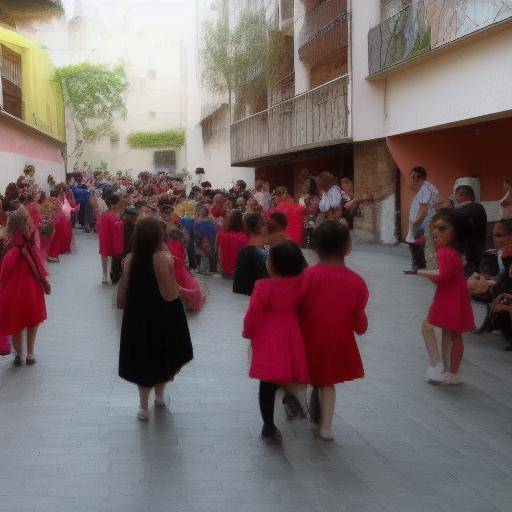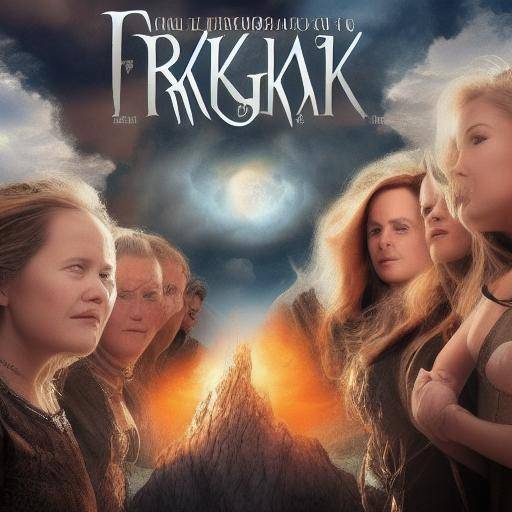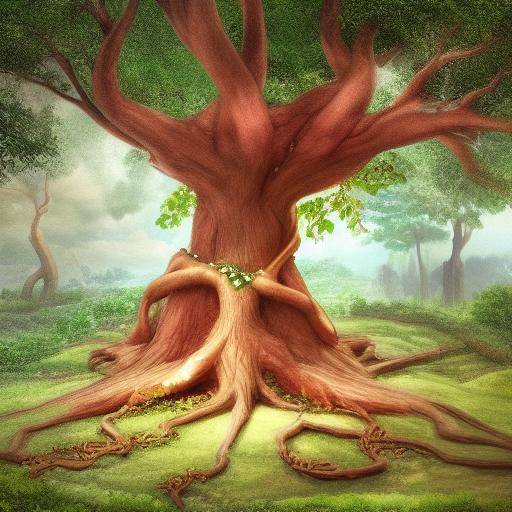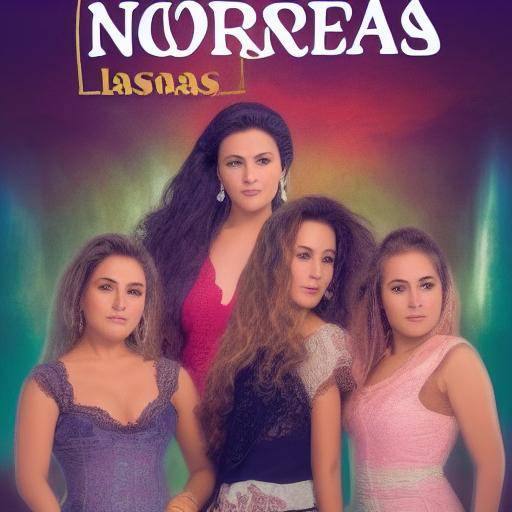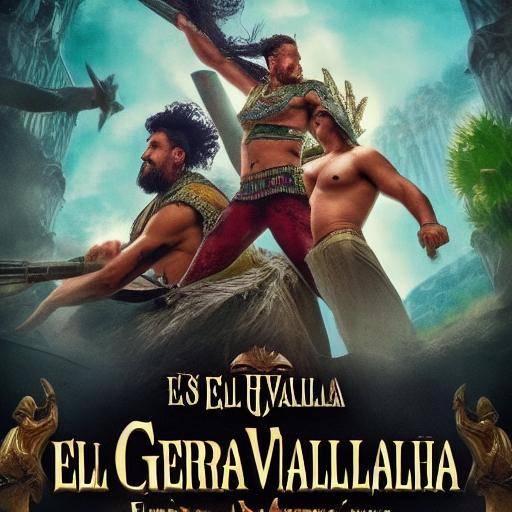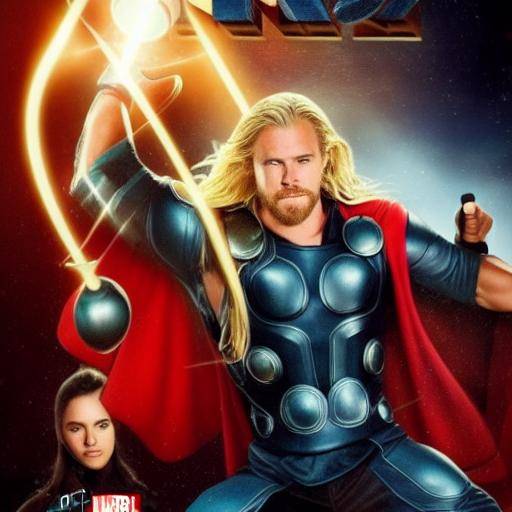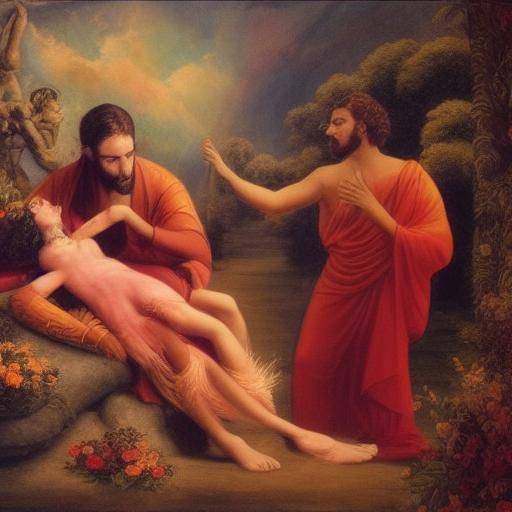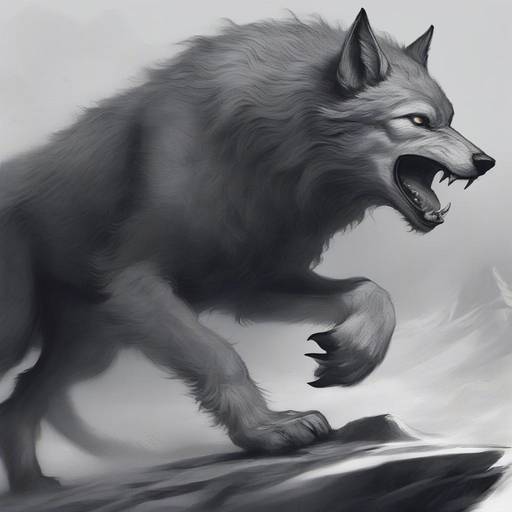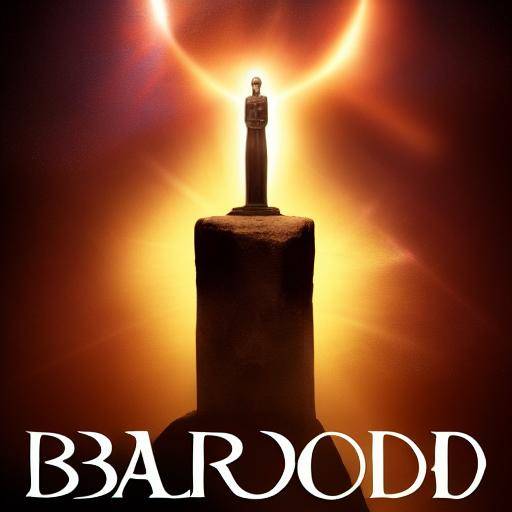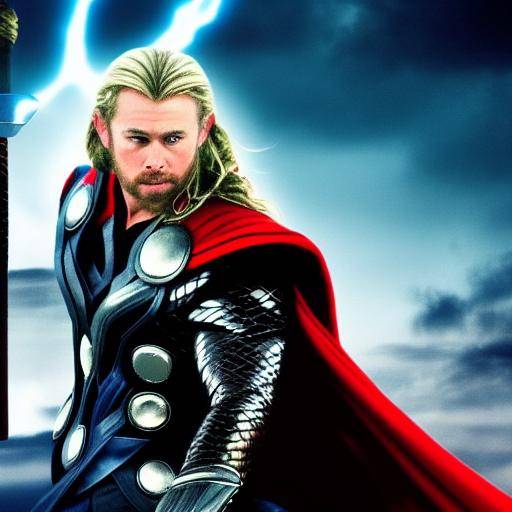
Introduction
Nordic mythology is a fascinating universe full of deities, heroes and mythical beings. Among them are the jötnars, the giants who challenged the gods themselves. In this article, we will explore in detail who are the jötnars, their importance in the Nordic mythology and their relationship with the mighty god Thor. Join us on this journey through Scandinavian mythology and discover the fascinating history of these enigmatic beings.
History and Background
Nordic mythology, also known as Scandinavian mythology, is a rich corpus of beliefs and accounts that come from the ancient traditions of German and Scandinavian peoples. These stories have been transmitted over the centuries through epic poetry, sagas and written sources, such as poetic Edda and prosaic Edda. In these narratives, the jötnars occupy a prominent place as powerful and often antagonistic beings of the gods.
It is believed that the jötnars are descendants of Ymir, the first being in the Nordic cosmogony, born of the primordial fog in Ginungagap. Throughout the Nordic mythology, the jötnars are described as beings of great height, decommunal force and fierce opposition to the gods. However, there are also examples of jötnar that establish alliances with the gods or show more benevolent traits.
Origins and Evolution
The presence of the jötnars in the Nordic mythology dates back to ancient times, where the Germanic and Scandinavian tribes worshiped these entities through rituals, offerings and oral narratives. As these traditions were Christianized and recorded in writing, the accounts of the Jötnars were intertwined with the myths of the new faith, leading to a rich and complex cosmogony.
Relevant Developments
During the Viking Age, the Nordic mythology experienced a boom in literature and art, with epic stories that glorified the gestas of heroes and gods in their struggle against the jötnars and other evil forces. These narratives, like the Icelandic sagas, contributed to the preservation and dissemination of the stories of the jötnars, as well as their influence on popular culture and modern understanding of the Nordic mythology.
Analysis in Deep
The Nordic accounts offer an intriguing view of the jötnars. Although they are often presented as antagonists of the gods, their role in mythology is much more complex and nuanced. Some jötnar, like Skadi or Thrym, have established alliances with the gods or have starred stories where their humanity and emotions are revealed, thus challenging the notion of jötnar as simple malevolent beings.
Benefits and Challenges
The study of jötnars in Nordic mythology offers a fascinating opportunity to explore the complex dynamics between order and chaos, good and evil, as well as concepts of destiny and free will. In addition, it allows us to understand the various manifestations of the divine and the human in mythical narratives.
Current trends
At present, interest in Nordic mythology has been driven by its presence in popular culture, through films, series, video games and literature. This phenomenon has generated renewed interest in mythological beings, including jötnars, and has inspired new interpretations and reimaginations of these characters in contemporary culture.
Exhaustive examination
The study of the jötnars in the Nordic mythology allows us to enter into a rich universe of deities, heroes and mythical beings, including the jötnars, a breed of giants who challenged the gods. Throughout this article, we will explore in detail who are the jötnars, their importance in the Nordic mythology and their relationship with the mighty god Thor.
History and Background
The Nordic mythology, also known as Scandinavian mythology, comes from the ancient traditions of the German and Scandinavian peoples. Through epic poetry, sagas and written sources, such as poetic Edda and prosaic Edda, the stories in which the jötnars occupy a prominent place as powerful beings are transmitted.
It is believed that the jötnars are descendants of Ymir, the first being in the Nordic cosmogony, born of the primordial fog in Ginungagap. Throughout the Nordic mythology, the jötnars are described as beings of great height, decommunal force and fierce opposition to the gods. On the other hand, examples of jötnar are also presented that establish alliances with the gods or show more benevolent traits.
Origins and Evolution
The presence of the jötnars in the Nordic mythology dates back to ancient times, where the Germanic and Scandinavian tribes worshiped these entities through rituals, offerings and oral narratives. With the Christianization and the written record, the accounts of the jötnars interwoven with the myths of the new faith, giving rise to a rich and complex cosmogony.
Relevant Developments
During the Viking Age, the Nordic mythology experienced a boom in literature and art, with epic stories that glorified the gestas of heroes and gods in their struggle against the jötnars and other evil forces. These narratives, like the Icelandic sagas, contributed to the preservation and dissemination of the stories of the jötnars, as well as their influence on popular culture and modern understanding of the Nordic mythology.
Analysis in Deep
The Nordic accounts offer an intriguing view of the jötnars. Although they are often presented as antagonists of the gods, their role in mythology is much more complex and nuanced. Some jötnar, like Skadi or Thrym, have established alliances with the gods or have starred stories where their humanity and emotions are revealed, thus challenging the notion of jötnar as simple malevolent beings.
Benefits and Challenges
The study of jötnars in Nordic mythology offers a fascinating opportunity to explore the complex dynamics between order and chaos, good and evil, as well as concepts of destiny and free will. In addition, it allows us to understand the various manifestations of the divine and the human in mythical narratives.
Current trends
At present, interest in Nordic mythology has been driven by its presence in popular culture, through films, series, video games and literature. This phenomenon has generated renewed interest in mythological beings, including jötnars, and has inspired new interpretations and reimaginations of these characters in contemporary culture.
It will continue!


